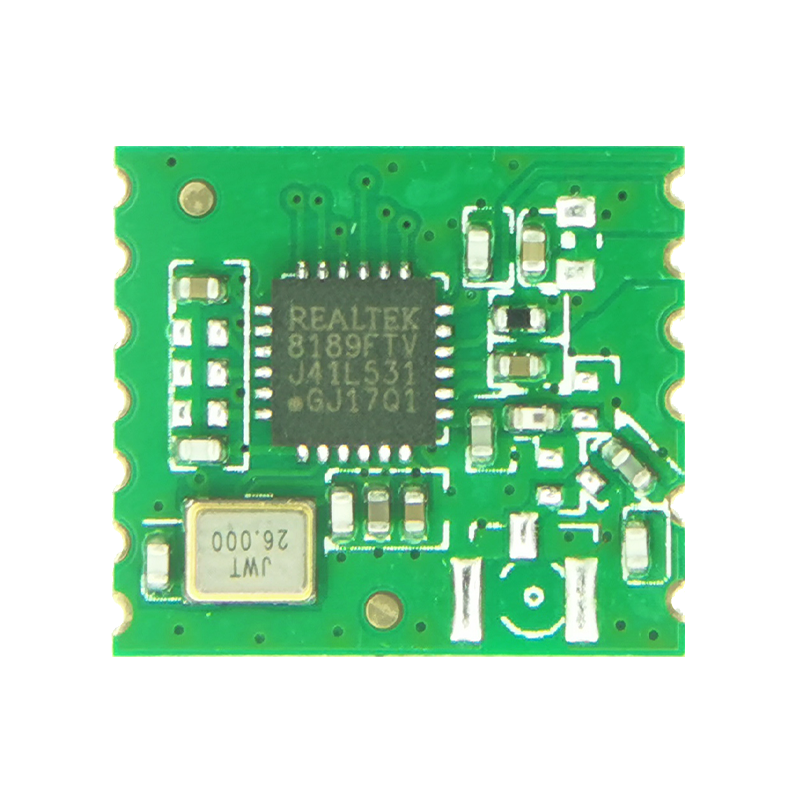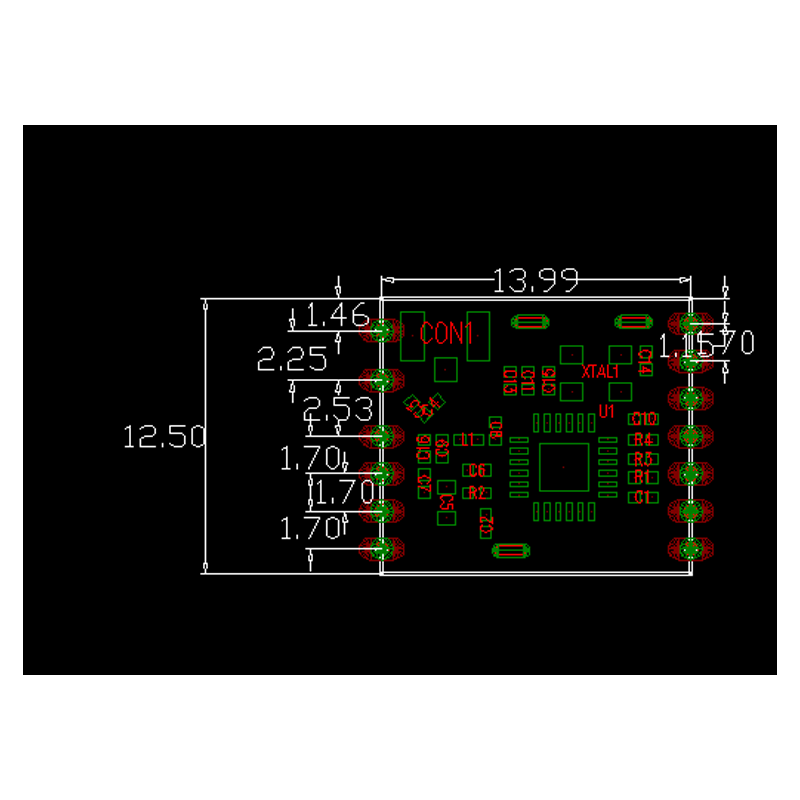When it comes to wireless communication, you might have come across terms like Wi-Fi chip and GSM modules. While both are used to enable wireless connections, they serve different purposes and operate on different frequencies. In this article, we will delve into the differences between Wi-Fi module and GSM module, helping you understand their functionalities and choose the right one for your specific needs.


Wi-Fi module chip, short for Wireless Fidelity, offers wireless local area network (LAN) connectivity. It allows devices to connect and communicate within a designated area, such as a home, office, or public hotspot. Wi-Fi modules operate on unlicensed frequency bands, typically 2.4GHz or 5GHz, depending on the specific standards supported.
Wi-Fi modules excel in providing high-speed data transfer rates over short distances, offering reliable internet connectivity for devices like smartphones, tablets, laptops, and IoT devices in close proximity to a Wi-Fi access point. They enable seamless internet browsing, video streaming, online gaming, and file sharing within the Wi-Fi network coverage area.
GSM module, also known as Global System for Mobile Communications, is a wireless cellular network technology used for mobile communication. GSM modules operate on licensed frequency bands allocated to mobile network operators, allowing for long-distance coverage. These modules utilize subscriber identity module (SIM) cards to establish connections and enable voice calls and SMS messaging.
GSM modules are widely used in applications that require mobile connectivity, such as smartphones, GPS trackers, vehicle telematics systems, and remote monitoring devices. They ensure reliable communication even in areas where Wi-Fi networks are unavailable or limited. GSM modules enable users to make calls, send messages, and access basic internet services anywhere within the cellular network coverage area.
Range: Wi-Fi modules provide a shorter range of coverage compared to GSM modules. While Wi-Fi signals may reach up to a few hundred feet, GSM modules offer coverage over several miles, depending on the cellular network infrastructure.
Speed: Wi-Fi modules offer higher data transfer rates, typically up to gigabits per second, making them suitable for data-intensive tasks. On the other hand, GSM modules support lower data rates, ranging from kilobits to megabits per second, sufficient for voice calls, messaging, and basic internet browsing.
Coverage: Wi-Fi modules are limited to specific areas, usually within buildings or local hotspot zones. GSM modules provide broader coverage, allowing communication even in remote or rural areas as long as there is cellular network coverage.
When deciding between a Wi-Fi module and a GSM module, consider the following factors:
- Location: If your application requires internet connectivity within a limited range, such as in a home or office, Wi-Fi module is a suitable choice. However, if your device needs to stay connected while on the move or in areas with limited Wi-Fi coverage, a GSM module with cellular connectivity is a better option.
- Data Requirements: If your device requires high-speed data transfer for tasks like video streaming or large file downloads, a Wi-Fi module is preferable. On the other hand, if your application primarily involves voice calls, messaging, or basic internet services, a GSM module offers sufficient data rates.
In conclusion, while both Wi-Fi and GSM modules enable wireless connectivity, they serve distinct purposes. Wi-Fi modules are suitable for local area network communication, offering high-speed data transfer within a limited range. GSM modules, on the other hand, provide reliable mobile communication with broader coverage. When choosing between the two, consider factors like range, speed, coverage, location, and data requirements to ensure the optimal wireless solution for your specific application.
 Trolink Joint With Tuya to Make Iot Benefit Every Family
Trolink Joint With Tuya to Make Iot Benefit Every Family
 5 Key Indicators for WiFi Module Selection You Have to Know !
5 Key Indicators for WiFi Module Selection You Have to Know !
 IOT module is the brain of smart products
IOT module is the brain of smart products
 What is the signal coverage range of the WiFi module chip?
What is the signal coverage range of the WiFi module chip?